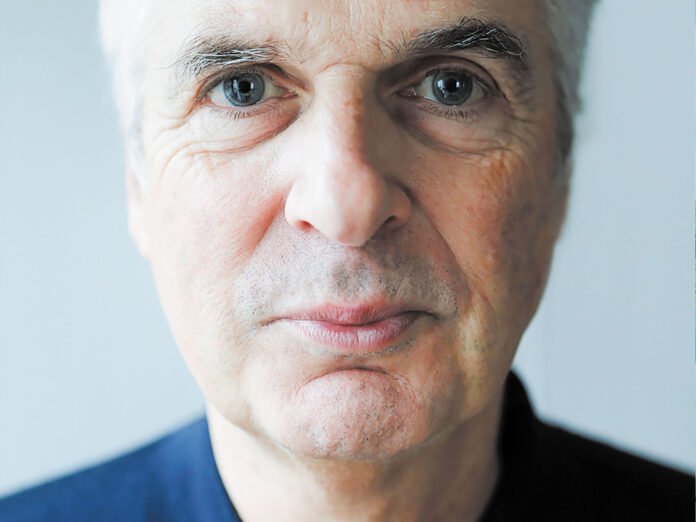The Transformative Power of Music in LGBTQ+ Culture: Insights from Jon Savage’s The Secret Public
Jon Savage’s book, The Secret Public: How Music Moved Queer Culture from the Margins to the Mainstream, delves into the profound influence of pop culture on LGBTQ+ equality. In a world where anti-LGBTQ+ sentiments are resurfacing, Savage’s insights resonate deeply, reminding us of the historical significance of music in shaping cultural landscapes and advocating for rights.
The Role of Contemporary Artists
Artists like Chappell Roan, Billie Eilish, and Kim Petras are not just entertainers; they are cultural trailblazers. Roan’s venture into country music as a gay woman challenges the genre’s traditionally conservative values, while Eilish and Petras continue to push boundaries in their respective styles. Their contributions raise a compelling question: What impact will these artists have on our world a decade from now? As they navigate and reshape cultural norms, they offer a glimmer of hope in uncertain times.
Lady Gaga’s recent release, Mayhem, serves as a powerful reminder of music’s ability to create safe spaces for marginalized communities. The Independent aptly noted that Gaga’s return to her empowering roots is timely, especially as political leaders attempt to silence marginalized voices. In this context, Savage’s exploration of music’s role in LGBTQ+ history becomes increasingly relevant.
Music as a Catalyst for Change
Savage, an acclaimed British pop culture historian, emphasizes that understanding our current circumstances requires examining the musical movements that have shaped LGBTQ+ history. He posits that music often precedes political change, acting as a form of resistance against oppressive power structures. This concept of “antiphony” illustrates how music and popular culture can respond to and challenge dominant narratives, creating alternative spaces for expression.
The book spans a critical period from 1955 to 1979, marking significant milestones in LGBTQ+ activism. Savage highlights the Stonewall riots of 1969 and the emergence of openly gay figures in entertainment as pivotal moments that reshaped public perception and acceptance. His narrative underscores the resilience of the LGBTQ+ community, showcasing how music has served as both refuge and platform for advocacy.
The Emotional Landscape of LGBTQ+ History
Savage’s work is infused with a sense of righteous indignation, reflecting the anger that often fuels social movements. He acknowledges the appalling treatment of LGBTQ+ individuals throughout history, a sentiment that resonates strongly in today’s climate. Growing up during the 1960s and ’70s, Savage experienced firsthand the challenges faced by the community, which informs his passionate narrative.
The book opens with the story of Little Richard, whose flamboyant persona made waves in a time of strict societal norms. Savage traces the evolution of pop music, noting how figures like Elvis Presley and the British Invasion bands challenged conventional definitions of masculinity and sexuality. This cultural shift mirrored broader societal changes, culminating in the partial decriminalization of homosexuality in the U.K. in 1967—a landmark achievement that Savage connects to the influence of LGBTQ+ artists and their allies in the music industry.
The Legacy of Iconic Artists
Savage’s inclusion of David Bowie in his narrative exemplifies the bravery and impact of artists who dared to defy societal expectations. Bowie’s ambiguous sexuality and willingness to embrace fluidity in public made him a beacon for many young LGBTQ+ individuals. His influence extended beyond music, opening doors for conversations about identity and acceptance.
Savage reflects on Bowie’s legacy, noting that while he may have faced criticism for his lack of transparency regarding his bisexuality, his actions had tangible results. This perspective encourages a broader understanding of how contemporary artists like Roan and Petras can similarly influence societal attitudes and foster acceptance.
A Call to Action
As Savage articulates, the journey toward LGBTQ+ rights is far from over. His book serves as a historical account and a call to action, urging readers to recognize the power of music as a tool for social change. The resilience and creativity of the LGBTQ+ community, as reflected in the music of past and present, continue to inspire hope and activism.
In a time when the rights of marginalized communities are under threat, Savage’s insights remind us of the importance of cultural expression in the fight for equality. By listening closely to the revolutionary rhythms of music, we can better understand the ongoing struggle for LGBTQ+ visibility and rights, ensuring that the voices of the past continue to resonate in the future.

